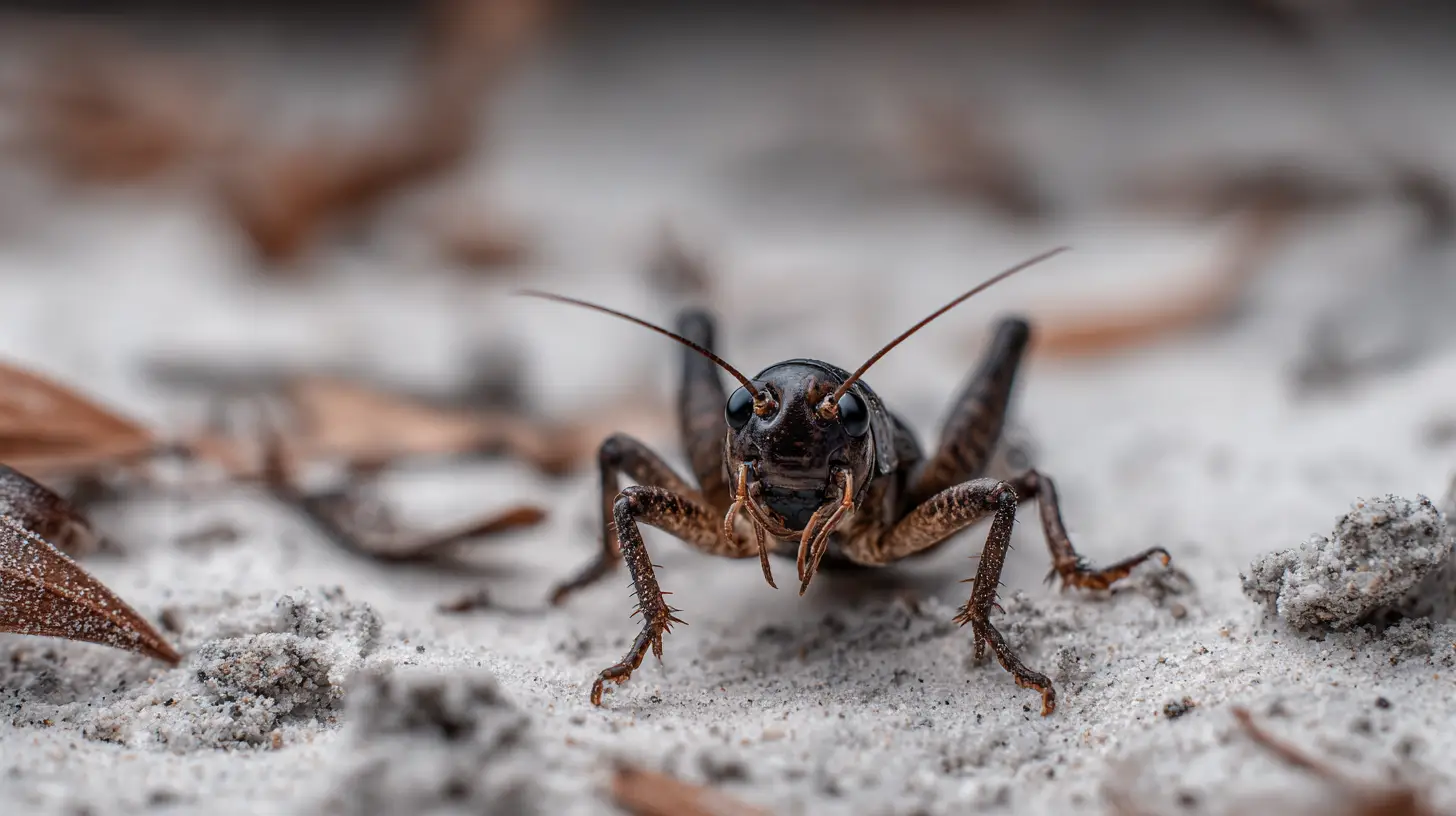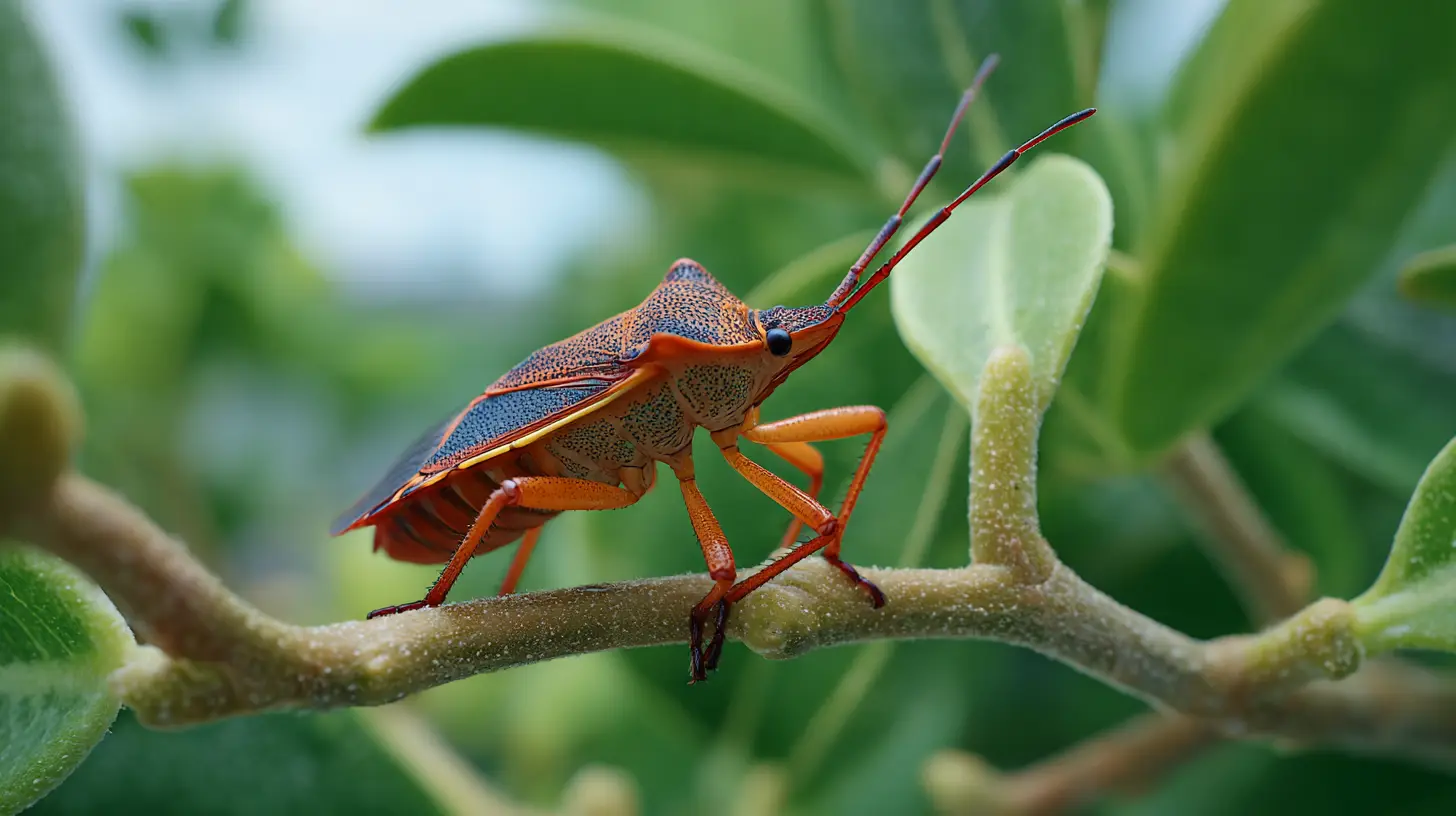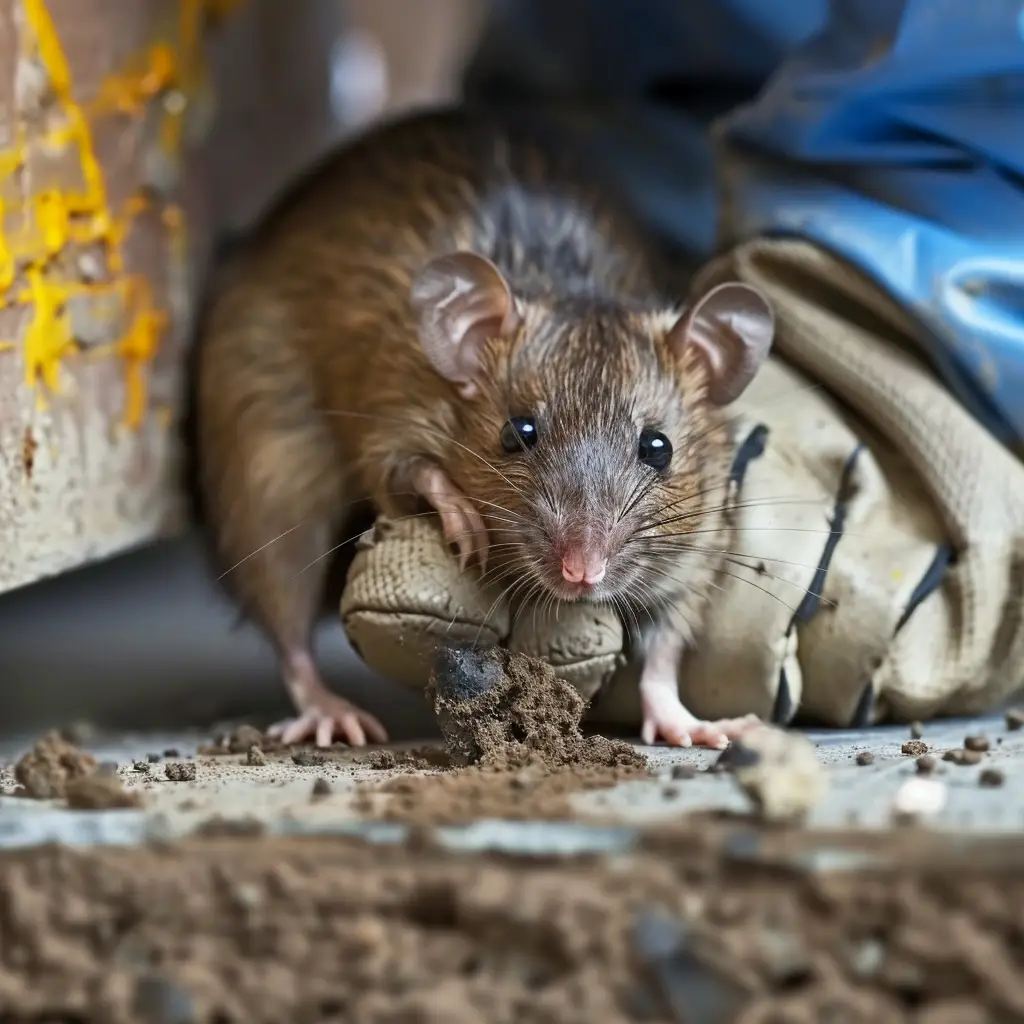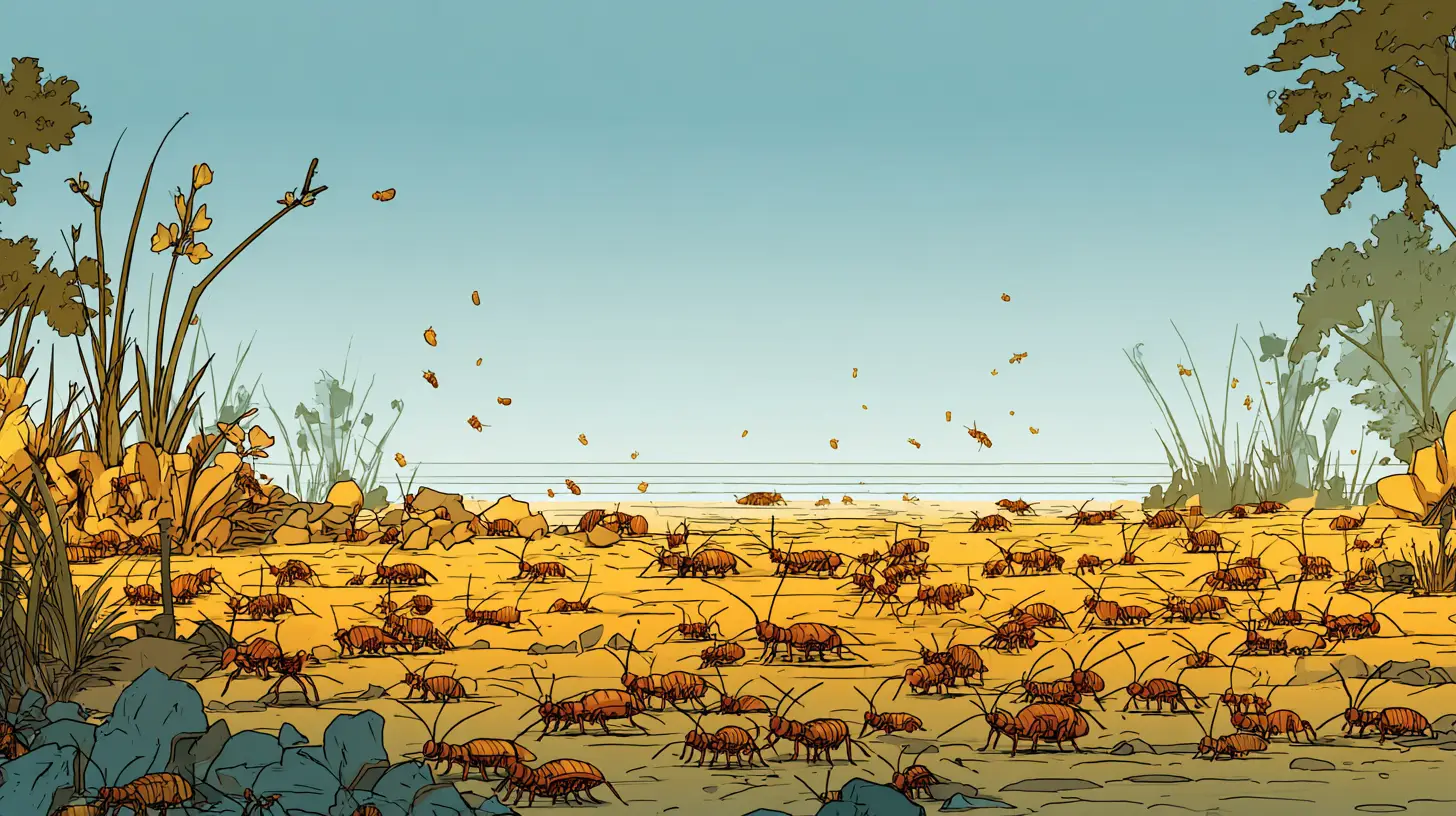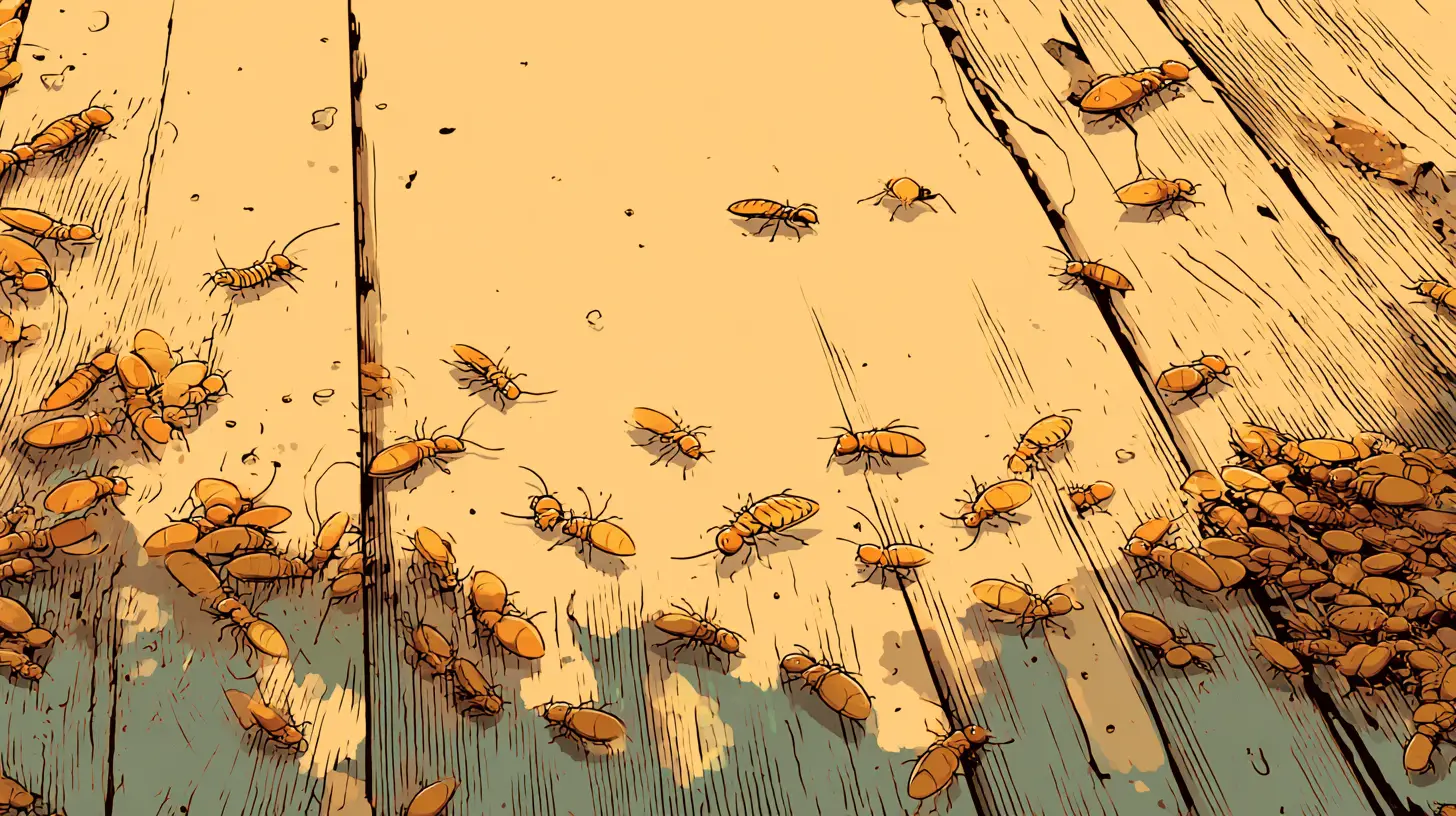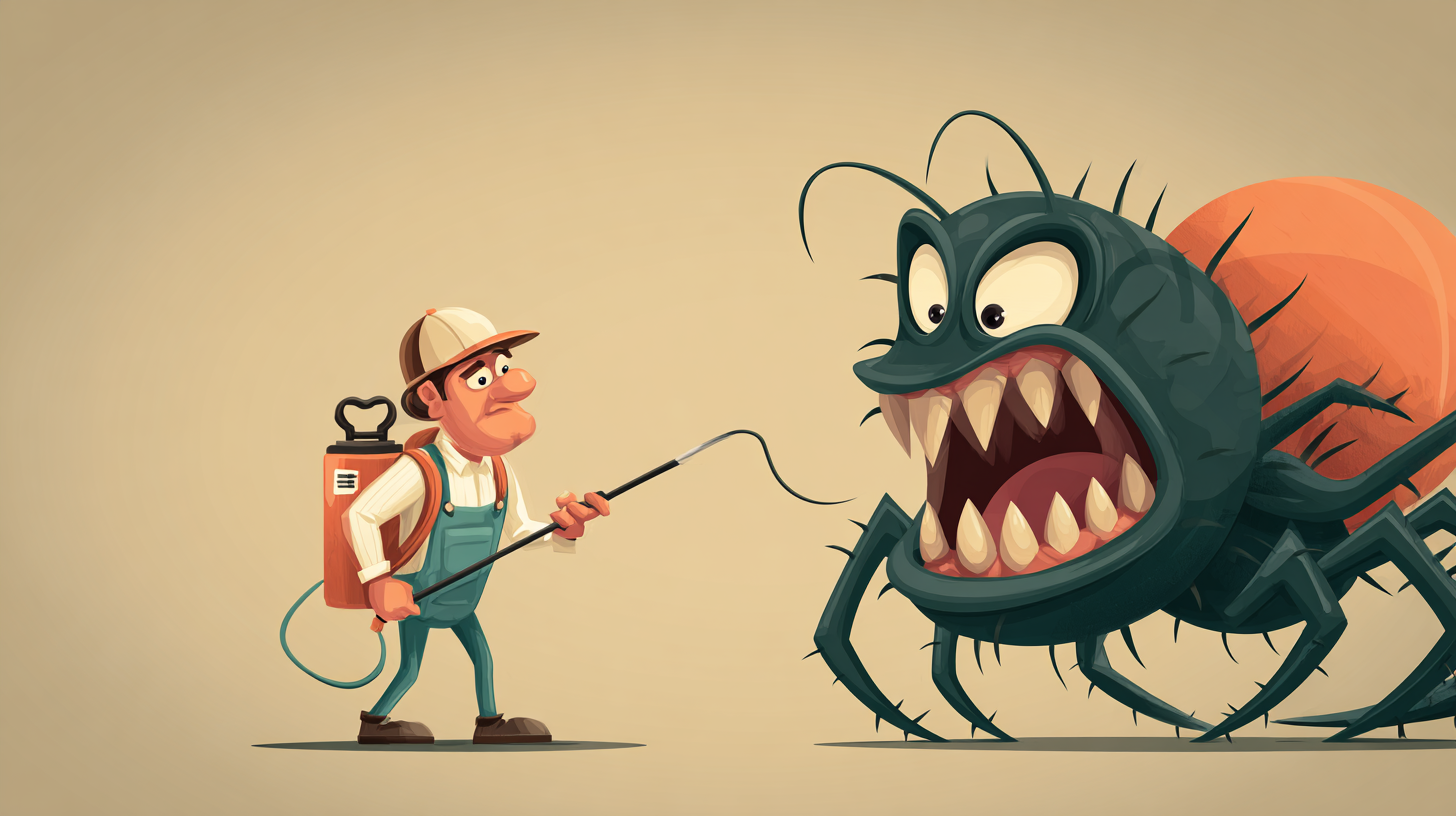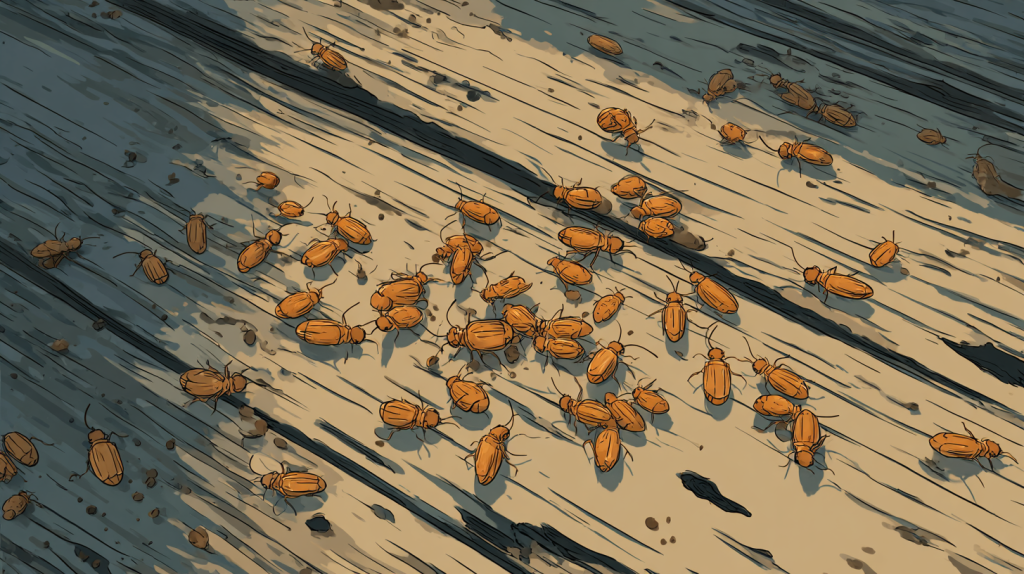
Table of Contents
Termites might be small, but their impact on your home can be monumental and destructive.. These relentless pests can chew through wood, flooring, and even wallpaper, as termites are always active—24 hours a day, 365 days a year. Making them a formidable foe when trying to get rid of termites.
Globally, there are over 2,700 known species of termites, with most being found in tropical regions. In the United States alone, there are about 50 species, with large termite colonies consisting of millions of individual termites. With the total biomass of all termites in the world is estimated to be greater than the total biomass of all humans! This means there are so many termites that their collective weight exceeds that of the human population.
Though they are destructive to homes, termites are essential to the ecosystem. They break down dead wood and plant material, enriching the soil with nutrients and helping new plants grow. But, they can be very destructive pests. So, whether you’re dealing with Subterranean, Drywood, or Dampwood termites, understanding how to effectively use termite control techniques is crucial to protecting your investment in Lakewood Ranch, FL.
Key Takeaways
- Termite Identification: Recognizing the signs of termite infestations, such as hollow wood, mud tubes, and discarded wings, is crucial for early control and prevention of structural damage.
- Common Species in Florida: Awareness of termite species such as Native Eastern, Formosan, Asian subterranean termites, and West Indian drywood termites helps tailor effective treatment strategies.
- Prevention Strategies: Utilize termite-resistant materials and construction techniques, maintain proper drainage, and conduct regular inspections to minimize the risk of infestation.
- Chemical and Non-Chemical Treatments: Employ heat treatment, microwave control, physical barriers, chemical barriers, and termite baits depending on the infestation severity and location.
- Professional Intervention: Regular termite inspections and professional services ensure the continued effectiveness of termite control measures and protection of property investments.
How do I Know if I Have Termites?
Identifying a termite infestation early is crucial for effective termite control in Lakewood Ranch. Despite looking like ants, termites are actually closely related to cockroaches. Genetic studies show they share a common ancestor with roaches rather than ants.
Ants
People often mistake ants for termites due to their similar appearances, especially during swarming. But, ants have distinct characteristics: elbowed antennae, a narrow waist, and unequal wing lengths. Understanding these differences helps in accurate identification.
Termites
Termites tend to remain hidden, making them difficult to spot until important damage occurs. Look for damaged wood that appears hollow, blistered, or crumbling. Termite frass can resemble sawdust and is often found near infested wood or walls.
Discarded insect wings near entry points also signify termite activity, as swarmers shed wings post-flight. Also, mud tubes on walls or foundations, roughly the width of a pencil, indicate subterranean termite travel paths.
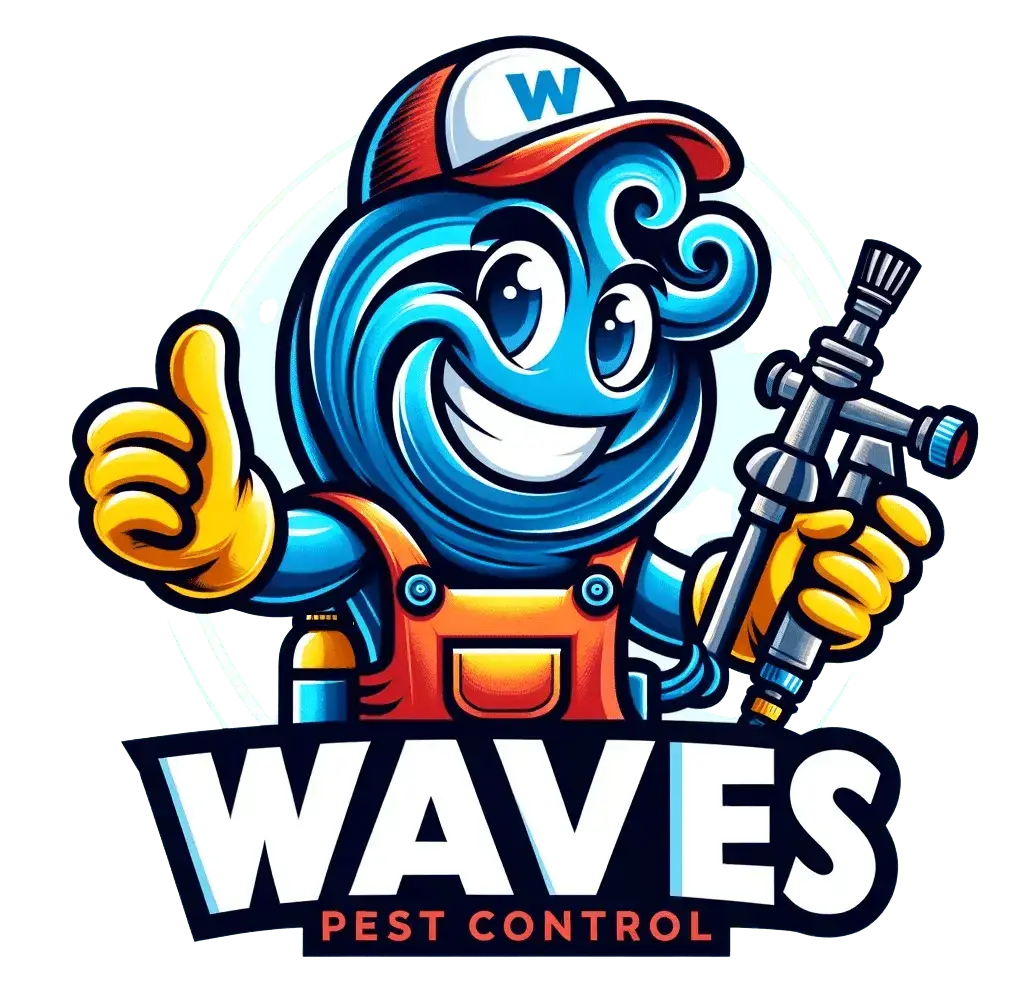
Get Termite-Free Today!
Trust Waves Pest Control for expert termite control in Lakewood Ranch, FL. Call now or request your free inspection online!
Request an InspectionTypes of Termites In Lakewood Ranch, FL
In Florida, including areas like Lakewood Ranch, understanding termite control involves identifying various termite species that can threaten properties.
Native Eastern Subterranean Termites
Native Eastern subterranean termites, one of the most common termites in Florida, inhabit soil, decaying wood, and damp environments. Their colonies grow large, posing important risks to wooden structures by consuming cellulose-based materials. Regular termite inspection can prevent large-scale damage by detecting activity early.
Formosan Subterranean Termites
Formosan subterranean termites, known for their destructive capabilities, originate from Asia and establish large colonies rapidly. They inflict severe damage on wood and other cellulose materials, making them a notable threat. Ensuring timely termite control can mitigate their impact and secure your property.
Asian Subterranean Termites
Asian subterranean termites, like their Formosan counterparts, are invasive and highly destructive. They tunnel through soil to reach wood and are often hard to detect. Implementing strategic spraying for termites in affected areas can help curb their spread and safeguard structural integrity.
West Indian Drywood Termites
West Indian drywood termites nest within wooden structures like rafters and joists without needing soil contact. They are particularly insidious as they do not exhibit obvious signs until damage becomes extensive. Regular monitoring is crucial for early detection and effective termite control in Lakewood Ranch.
How Can I Prevent Termite Infestation?
Protecting your Lakewood Ranch home from termites involves a mix of termite control techniques and ongoing maintenance.
Make the Structure Less Attractive to Termites
Prevent termite infestations by eliminating their access points and food sources. Use termite-resistant materials like treated wood, steel, or composites, especially in areas prone to attack. Construction practices that eliminate direct wood-to-ground contact can significantly reduce the risk.
Subterranean termites, a common pest in Lakewood Ranch, are particularly attracted to moisture-rich environments. Addressing moisture issues with proper drainage and fixing leaks deters these pests, who require a moisture source to thrive.
Regularly remove debris, scrap wood, and dead plant materials from your property to deny termites an easy food supply. Also, avoid using mulch or organic-rich soil near your foundation, as this can attract termites.
Maintain the Termite Prevention Features
Commit to maintaining any termite prevention methods. If you’ve treated wood or soil, a regular inspection ensures that the treatments remain effective. Trench treatments are especially crucial, as the soil barrier must stay intact to prevent subterranean termites from reaching your home.
Periodic termite inspections by local professionals, especially after weather events, often help in identifying new termite activities early. Professionals may detect hidden signs of infestation that may go unnoticed, like damaged wood or mud tubes.
Consistent vigilance and upkeep of your home’s defenses ensure long-term protection and support sustainability in balancing biological and environmental relationships. Avoidance of moisture accumulation and maintaining soil treatments or barriers offer peace of mind.
What do I Get Rid Of Termites in Lakewood Ranch, FL?
Understanding termite treatment options is crucial for effective termite control and protection of your property. Lakewood Ranch residents benefit from diverse methods designed to address exact termite issues and environmental considerations.
Termite Treatment Choices for Your Home
At Waves Pest Control, we offer three key termite treatments in Lakewood Ranch designed to protect your home from these destructive insects. The “best termite control near me” for you will depend on specific factors unique to your property and the nature of the current termite issue:
Chemical Termite Treatments
Chemical treatments offer viable answers for broader termite infestations, integrating advanced agricultural practices and environmental consciousness.
Soil Treatments – Trenching
The most effective way to handle subterranean termites is to target them right at the source—the soil surrounding your home. Subterranean termite colonies can contain hundreds of thousands of termites living beneath your yard.
To eliminate them effectively, it’s crucial to use the correct soil treatment, applied properly by a professional termite control service. Incorrect treatment or poor application can lead to incomplete eradication, leaving your home vulnerable to future infestations. Generally, there are two primary methods to combat subterranean termites:
- Trenching: This involves digging a trench around your home, filling it with termiticide, and then closing it. The termiticide forms a protective barrier that prevents termites from entering your home.
- Drilling: For areas like driveways, decks, and pergolas, trenching isn’t possible. Instead, holes are drilled through the concrete, and termiticide is injected into the soil below. These holes are then sealed to protect the structure.
Often, the most effective soil treatment for termites involves a combination of both trenching and drilling, depending on the yard’s specific layout and the surrounding structures. long-term protection. Professional termite inspections help ensure barrier integrity and effectiveness in your exact location.
Termite Bait Stations
Termite baits are a strategic and targeted method for controlling termite populations around your home. Unlike traditional barrier treatments, which involve applying chemical termiticides into the soil, termite bait systems work by attracting foraging termites to bait stations strategically placed around your property.
These stations contain a slow-acting toxic substance that termites take back to their colonies, effectively spreading the treatment and eliminating the entire colony over time. This process is especially effective for subterranean termites, which rely heavily on worker termites to feed the rest of the colony, including the queen.
One of the biggest advantages of termite baits is their minimal impact on the environment. Since the toxic material is contained within bait stations and not spread across the entire property, it reduces the risk of contamination to the soil, water, or non-targeted insects. This makes termite baits a preferred option for homeowners seeking a less invasive solution that’s also safe for children and pets.
Baiting is a proactive approach; it can both eliminate current infestations and act as a long-term preventative measure, providing year-round protection for your home. Regular monitoring of the bait stations by a termite control professional ensures that termite activity is detected early and managed effectively, offering a reliable line of defense against these destructive pests.
Wood Treatment
Wood treatment is a proactive approach to protecting your home from termite infestations by treating the wood used in your structure before termites ever get a chance to invade. This method involves applying termiticides directly to the wood, either during construction or as a preventive treatment in existing homes. The treated wood becomes unappealing or even toxic to termites, effectively stopping them in their tracks.
By using specialized chemicals that penetrate deep into the wood fibers, wood treatment creates a long-lasting barrier that can deter both drywood and subterranean termites for many years.
One significant advantage of wood treatment is its ability to provide thorough, continuous protection without frequent reapplications. Unlike soil treatments that may degrade over time or baiting systems that require regular monitoring, treated wood offers durable, passive defense against termite attacks.
Moreover, wood treatments can also prevent decay, mold, and mildew growth, extending the life and structural integrity of your home. It’s a practical choice, especially for new construction projects or major renovations, where protecting your investment from the start can save you the headache and cost of future termite damage. Wood treatment ensures that your home remains resilient and safe, guarding against termites and adding value to your property for years to come.
Taking proactive steps against termites is essential to protect your home and investment. Understanding the exact termite species in your area and their behaviors can guide you in choosing the most effective termite control methods. Regular inspections and professional evaluations are key to early detection and prevention.
By combining chemical and non-chemical treatments with strategic construction practices, you can create a robust defense against these destructive pests. Remember, maintaining your home’s termite prevention features and addressing potential vulnerabilities will ensure long-term protection. Stay informed and vigilant to keep your property safe from termite threats.
We understand the importance of protecting your property and your family. Choosing the right termite control involves considering many factors, including the extent of the infestation and your home’s unique conditions.
At Waves Pest Control, you can trust in our expertise to provide comprehensive termite protection. If you suspect a termite or wood-destroying insect problem, contact us for a free termite inspection today. The sooner you address the issue, the less damage your home will sustain.
Frequently Asked Questions (FAQs)
How can I identify a termite infestation in my home?
Identifying a termite infestation early is crucial. Look for damaged wood that appears hollow or blistered, termite frass resembling sawdust, discarded wings near windows or doors, and mud tubes on walls or foundations. Regular professional termite inspections can help accurately identify termite activity and prevent misidentification with other pests like ants.
What are the most common types of termites in the Southeast?
In the Southeast, common termite species include Subterranean termites (Native Eastern, Formosan, and Asian) and Drywood termites (West Indian). Subterranean termites thrive in soil and damp environments, while Drywood termites nest in wooden structures without needing soil contact.
What termite control methods are effective in the Southeast?
In the Southeast, the use of insecticides is the most common and effective method for termite control. These can be used in both preconstruction and postconstruction scenarios. Exploring various strategies like chemical treatments, innovative construction practices, and engaging local professionals for comprehensive termite control is recommended.
What preventive measures can homeowners take against termites?
Preventive measures include using termite-resistant materials, addressing moisture issues, and regularly removing debris. Eliminating access points and food sources for termites, such as untreated wood, is essential. Maintaining features like treated wood through regular inspections helps ensure long-term protection.
How can homeowners maintain long-term termite protection?
Long-term protection requires a combination of regular professional inspections, maintenance of termite-preventive features, and addressing any signs of termites early. Staying vigilant, using proper construction techniques, and employing professional termite control services ensure sustained protection against termite infestations.
How much does termite treatment cost?
The cost of termite treatment varies depending on the size of the infestation, the treatment method used, and the location of the property. On average, treatment can range from $500 to $2,500. Full-house treatments, such as fumigation, tend to be on the higher end of the scale, while localized termite treatments might be less expensive.
How are termites treated?
Termites can be treated using several methods, including liquid barrier treatments, baiting systems, and fumigation. Liquid barriers create a protective zone around your home, while bait systems attract termites and eliminate the colony. Fumigation is used for severe infestations and involves sealing the home and introducing a gas that eradicates termites.
What do termites look like?
Termites are small, usually between 1/8 to 1/4 inch in size, with soft bodies that can range in color from white to light brown. Reproductive termites, known as swarmers, often have wings and can resemble flying ants. Worker termites are typically lighter in color, whereas soldier termites have distinctive large mandibles.
What are signs of a termite swarm?
Signs of a termite swarm include finding discarded wings near windowsills, doors, or other entry points, as well as seeing groups of winged termites, usually after rain or during warmer months. Swarms are an indication that a termite colony is mature and actively expanding.
Do termites have wings?
Termites vary in size depending on their role in the colony. Workers and soldiers are typically around 1/8 to 1/4 inch in length, while swarmers can be slightly larger, up to 1/2 inch, including their wings.

